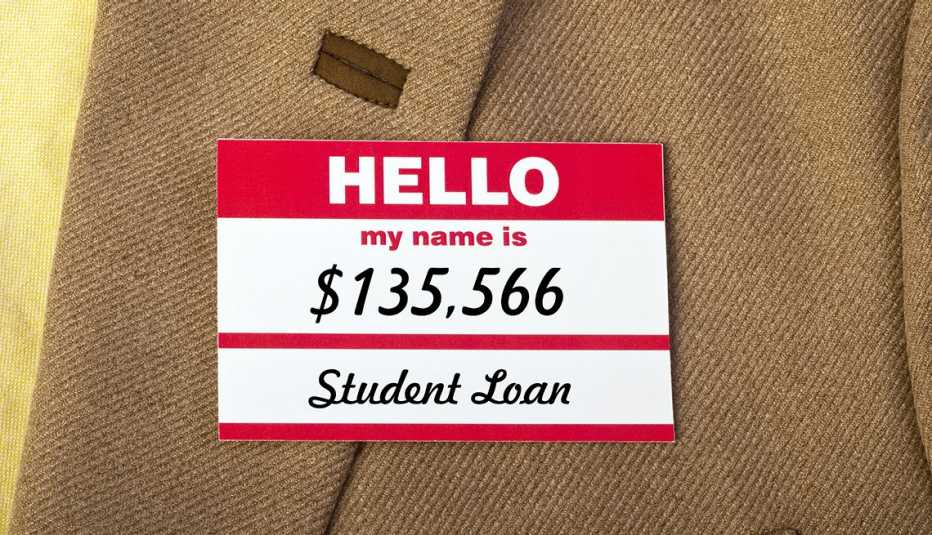Staying Fit


The student loan debt crisis is not just a problem for the young. Of the $1.6 trillion in total student debt at the end of 2020, borrowers 50 and older owed about 22 percent of that amount, or $336.1 billion — more than a five-fold increase from 2004.
Growing problem


AARP Membership— $12 for your first year when you sign up for Automatic Renewal
Get instant access to members-only products and hundreds of discounts, a free second membership, and a subscription to AARP the Magazine.
The crisis has been hard on older households. In 1989, 3.1 percent of families headed by someone age 50-plus carried student loan debt, owing an average of $10,073. By 2016, 9.6 percent of families headed by someone age 50-plus carried student loan debt, with the average amount owed more than tripling to $33,053. The federal government now offers up to $20,000 in student loan forgiveness.
The combination of stagnant wages and soaring tuition prices is a major reason student debt has become such a burden. “Over the past three decades, the cost of attending a four-year college has more than doubled, even after adjusting for inflation, as state and local funding for higher education per student has decreased,” said AARP CEO Jo Ann Jenkins in 2019. “Family incomes haven’t come close to matching that increase.”
Most older Americans took on debt because they wanted to burnish their skills and get a promotion or higher pay. Others decided to go back to school so they could change their careers. And still others are on the hook for loans that pay for their children's education, either by taking out PLUS loans — federal money borrowed by parents — or cosigning for other debt from private lenders. About 25 percent of borrowers age 50 or older make loan payments on private student loans because the student failed to do so.
Burdensome debt
The median student loan payment — half are higher, half are lower — is $222 a month, according to the Federal Reserve. The average payment is $393.
While this may seem a reasonable amount for a loan payment, it can be especially burdensome to lower-income borrowers, who often struggle with making student loan payments. For retirees, it can be a particularly difficult problem. The average Social Security retirement benefit is $1,543 per month: For 1 in 4 seniors, Social Security is 90 percent of their income.
Student loans, unlike most other forms of debt, generally cannot be discharged in bankruptcy, and the government can garnish your wages, as well as up to 15 percent of your Social Security benefits, for repayment of federal student loans. In fiscal year 2015 alone, almost 114,000 borrowers age 50 and older had Social Security benefits seized to repay defaulted federal student loans, according to a 2016 Government Accountability Office report. Half of those were receiving Social Security disability payments.

































































More on money
Should Seniors Take Out Student Loans?
Which new job skills are worth the debtAARP Answers: Student Loans and the Coronavirus
Borrowers get a break on interest rates, paymentsSaddled with Debt, College Grads Can't Save
New report cites impact of rising tuitions